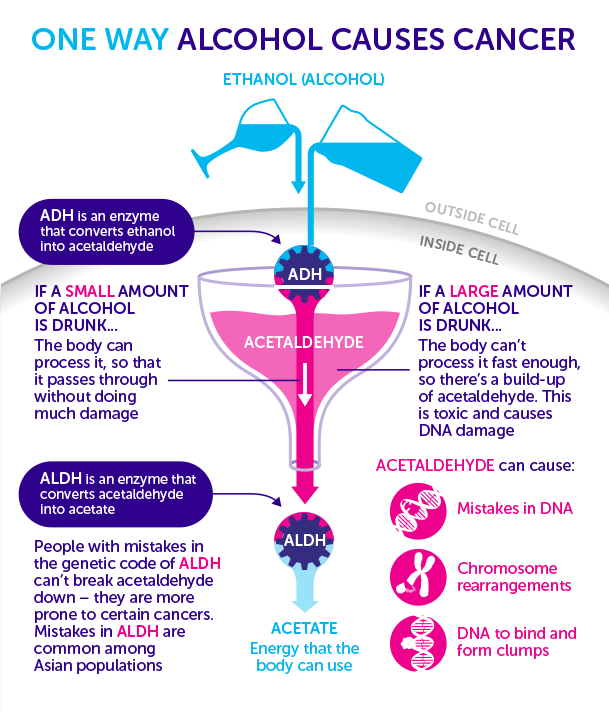How does alcohol really affect our bodies? Join us as we uncover the unexpected truths behind intoxication in this post.
Table of Contents
Have you ever wondered how many beers it takes to get drunk? The answer may not be as straightforward as you think. Alcohol intoxication is a complex process influenced by a variety of factors, from individual metabolism to tolerance levels. In this blog post, we will delve deep into the science behind intoxication to better understand the intriguing question of how many beers it really takes to get drunk.
Factors Influencing Intoxication
When it comes to alcohol consumption and intoxication, there is no one-size-fits-all answer. The number of beers it takes to get drunk can vary significantly from person to person, depending on a multitude of factors. Weight, metabolism, gender, and tolerance levels all play a crucial role in determining how quickly and severely someone becomes intoxicated.
For example, individuals with a higher body weight generally require more alcohol to feel intoxicated compared to those with lower body weight. Metabolism also plays a significant role, as individuals with a faster metabolism may process alcohol more quickly, leading to a lower intoxication level.
Understanding Alcohol Metabolism
alcohol metabolism is a complex process that takes place primarily in the liver. When you consume alcohol, your liver works to break it down into byproducts that can be eliminated from the body. The rate at which alcohol is metabolized can vary based on factors such as liver health, genetics, and overall health.
Blood alcohol concentration (BAC) is a key indicator of intoxication levels. BAC is a measure of the amount of alcohol present in the bloodstream. As BAC increases, so does the level of intoxication. It’s important to note that BAC can be influenced by factors such as the rate of alcohol consumption, food intake, and hydration levels.
Tips for Safe Drinking
While understanding the science behind alcohol intoxication is important, it’s equally crucial to practice safe and responsible drinking habits. Knowing your limits and being aware of the factors that can influence intoxication can help you make informed decisions when it comes to alcohol consumption.

Image courtesy of blog.dana-farber.org via Google Images
Some tips for safe drinking include staying hydrated, eating before drinking, and pacing yourself. It’s also essential to never drink and drive, as impaired judgment and coordination can have serious consequences on the road. If you find yourself feeling too intoxicated, seek help and support from friends or a designated driver.
Conclusion
In conclusion, the question of how many beers it takes to get drunk is not a simple one to answer. The science behind alcohol intoxication is multifaceted, with various factors influencing the level of intoxication experienced by individuals. By understanding the complexities of alcohol metabolism and practicing safe drinking habits, we can make more informed choices when it comes to alcohol consumption.
Remember to always drink responsibly, know your limits, and prioritize your safety and well-being. By being aware of the science behind alcohol intoxication, we can enjoy alcohol in moderation while minimizing the risks associated with excessive drinking.
How does alcohol affect the body?
Alcohol affects the central nervous system, slowing down brain function and impairing coordination and judgment. It also affects the liver, heart, and digestive system.
How long does it take for alcohol to leave the body?
On average, it takes about one hour for the body to metabolize one standard drink of alcohol.
Can alcohol be metabolized faster?
Alcohol metabolism can be influenced by factors like hydration, food intake, and overall health. Staying hydrated and eating before drinking can help to speed up alcohol metabolism.
Is there a safe limit for alcohol consumption?
The recommended safe limit for alcohol consumption is up to one drink per day for women and up to two drinks per day for men. Exceeding these limits can increase health risks. It’s important to know your limits and drink responsibly.
Generated by Texta.ai Blog Automation


Leave a Reply